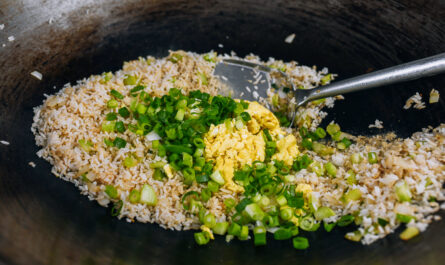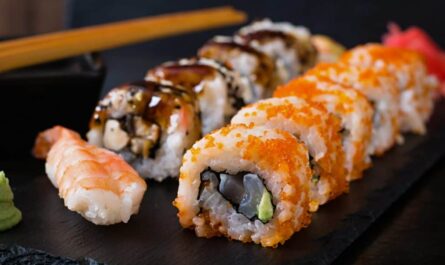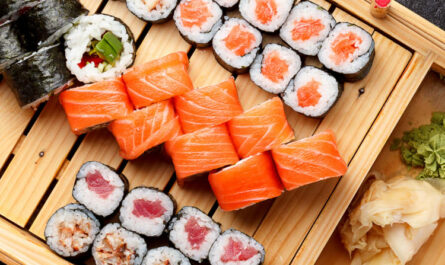The culinary journey to cooking salmon in a pressure cooker is both exciting and gratifying. If you’re curious about the fantastic ways to make your salmon tender, flavorful, and ready within minutes, the pressure cooker is your best friend. Leveraging this versatile kitchen gadget not only saves time but also heightens the taste and texture of your salmon dishes. At its core, cooking salmon with this method will change your perception of weeknight dinners.
Before we dive deeper into how to cook salmon in a pressure cooker, let us first explore the magic that the pressure cooker brings to your kitchen. Pressure cooking amps up the natural flavors by trapping steam. This cooks your ingredients under high pressure, reducing cooking time significantly while retaining nutrients. Read more about pressure cooking here.

Gathering Your Ingredients and Tools
A great culinary experience starts with quality ingredients and the right tools. Ensure that you have fresh salmon, a sharp knife to slice through the salmon fillet, a sturdy cutting board, and a clean pressure cooker. Regularly maintaining your cookware can be achieved with good cookware cleaner and occasionally conditioning your cutting board with some cutting board oil.
Ingredients
- 2 pounds of fresh salmon fillets
- 1 lemon, sliced
- 2 cloves of garlic, minced
- Fresh dill sprigs
- Salt and pepper to taste
- A cup of vegetable or chicken broth
Preparing the Salmon
The preparation phase is where you get to infuse flavors and decide on how you want your salmon to taste. Start by rinsing the salmon fillets under cold water, then pat them dry using paper towels. The texture and flavor of the salmon improve when you season it generously with salt, freshly cracked pepper, minced garlic, and fresh dill sprigs. Allow the seasoned salmon to sit for a few minutes to absorb the spices.
Cooking in the Pressure Cooker
Pour the cup of broth into the bottom of your pressure cooker, creating a flavorful base that will also prevent burning. Place a steamer basket or trivet in the cooker before laying the salmon on top. This ensures the fillets aren’t directly submerged, which can compromise texture. Top the salmon with sliced lemons for extra zest and enhanced aroma.
Lock the lid of your pressure cooker and set it to high pressure for about 3-4 minutes, adjusting based on the thickness of your fillets. The beauty of cooking at such great speed in a pressure cooker is that the steam and pressure enable an even distribution of heat, thus perfectly cooking your seasoned fillets.
Once it reaches the end of the cooking timeframe, be cautious with the steam release, utilizing the quick-release method. Doing so will properly stop the cooking process, preventing overcooked fillets.
Serving Suggestions
The best complement for your moist, tender salmon would be simple sides that enhance its elegance. Consider pairing with rosemary-scented potatoes, or maybe something as straightforward as a well-prepared bowl of rice pilaf. Dive into other delicious options here.
The Benefits of Cooking Salmon in a Pressure Cooker
Beyond the convenience, using a pressure cooker for your salmon is all about consistency and flavor retention. The intensified tastes, coupled with the fast cooking method, ensure an experience that’s not easily matched through other cooking methods. Moreover, it’s a healthier way to cook as it retains more nutrients. That’s something every sushi lover can appreciate when aiming for a mindful, convenient cooking process.

Conclusion
Knowing how to cook salmon in a pressure cooker enhances your culinary repertoire, offering delightful and health-conscious meals. By selecting the right pressure cooker and honning skills in seasoning, you have the flexibility to cook a decadent and fresh salmon meal any day. Engage with the exhilarating world of pressure cooking and transform your kitchen adventures. To delve deeper into pressure-cooking, visit here.
This article contains affiliate links. We may earn a commission at no extra cost to you.




